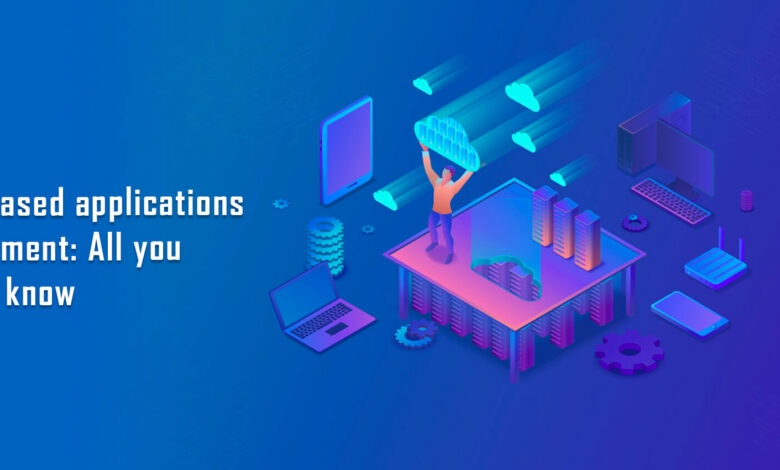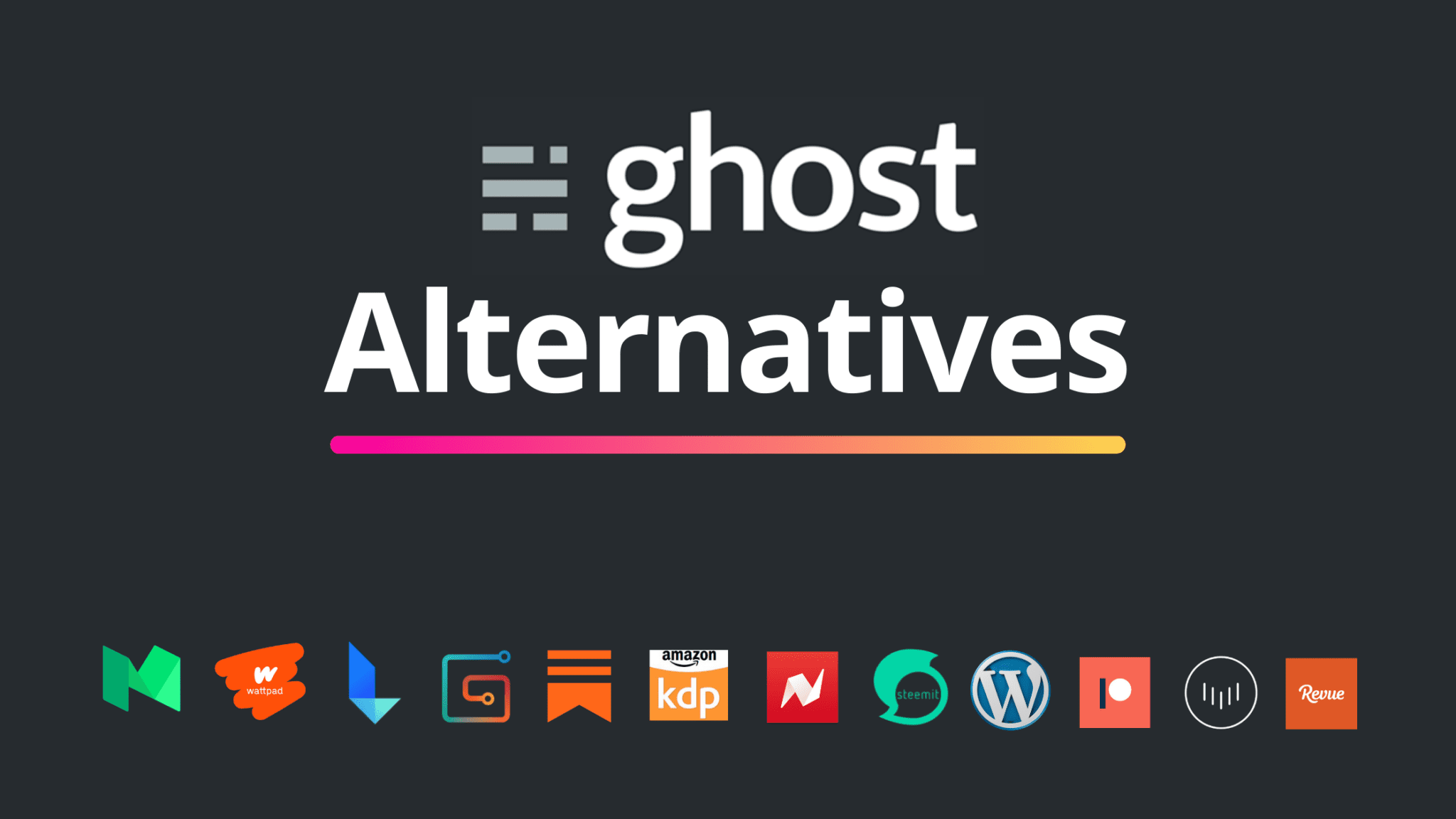All You Need To Know About Cloud Development

Cloud-service technologies are rapidly being used by enterprises, particularly small firms. Why?
The cloud’s flexibility, scalability, and value-added capabilities seem to be driving this increase in usage. The main goal, given that telecommuting is becoming more popular as a trend, is to empower workers to work better and encourage an efficient work environment by having their offices accessible everywhere.
As more firms implement public and private cloud computing projects, application development and testing in the cloud is becoming increasingly common. Integrated development environments, application lifecycle management components (such as test and quality management, source code and configuration management, and continuous delivery tools), and application security testing components are all common components in cloud development.
Although technology executives and developers with cloud-based development expertise believe there are definite advantages to creating in these settings, such as cost savings and faster time to market, they also warn that there are hurdles and surprises to be aware of.
Cloud computing is still a relatively new technology for many firms, and it has the potential to disrupt several industries, including development.
When should you think about switching to the cloud?
- If your applications are seeing a rapid spike in traffic, it might be challenging to scale and reorganize resources on the fly to match the increased demand.
- If you’re a software solutions provider, and your customers are demanding quicker application development and deployment, you’ll want to find a way to accommodate them while reducing infrastructure costs.
- If you want to lower your operating expenses and improve the efficiency of your IT,
- If you want to put up a disaster recovery system for a whole data center while maintaining proper resource management and keeping prices down.
- If you want to increase your development team and make it more broadly spread so that staff may work from anywhere, this is a good option.
These are just a few scenarios in which you may want to explore cloud migration. There might be a few more. You can probably start preparing if you can relate to at least some of them.
Small and medium firms are more likely to face one or more of the situations listed above. They are the ones whose scale, earnings, and company size are continuously changing rapidly and dramatically. As a result, cloud capabilities such as scalability and accessibility might be quite beneficial.
Large businesses may see more consistent growth in their operations, in which case the cloud may not be required. There are other choices available to them, which we’ll discuss later.
You may choose from three cloud computing models: IaaS (Infrastructure as a Service), SaaS (Software as a Service), and PaaS (Platform as a Service) (Platform as a Service). Also, you don’t have to worry about storage, networking, CDN, or virtualization with IaaS models. All of these tasks may be delegated to the IaaS provider. The application platform, development, and database are all taken care of by the PaaS providers. Business administration, CRM, security, and tools are all taken care of by SaaS models.
Once you’ve chosen to use the cloud, it’s critical to choose a model.
The possibilities of the cloud
Large businesses might also choose for a private cloud or a hybrid cloud strategy.
You may build your own cloud utilizing specialized platforms like Openstack in a private cloud. You’ll be able to take advantage of the cloud’s advantages while maintaining data security and control. It’s ideal for firms that rely on safe and sensitive data and core systems.
All of your resources are hosted by a different cloud service provider in a public cloud. Because all resources are openly shared and virtualized, it serves a larger number of clients and is better suitable for enterprises with less protected information.
Cloud use cases
With 25% of companies aiming to shift all of their apps to the cloud over the next year, cloud computing applications seem to be infinite. Even if a company does not want to make a complete switch to cloud computing, some objectives with cloud computing are a match made in IT heaven.
Because cloud enables cost-effective redundancy to safeguard data against system failures and the physical distance necessary to restore data and applications in the case of a local outage or catastrophe, disaster recovery and business continuity have always been natural for cloud. Disaster-Recovery-as-a-Service is available from all of the main public cloud providers (DRaaS).
Cloud computing is a good fit for anything that involves storing and processing large amounts of data at rapid speeds and necessitates more storage and computing capability than most businesses can or want to buy and implement on-premises. Here are several examples:
- Artificial intelligence—particularly machine learning and deep learning applications
- Big data analytics
- Internet of Things (IoT)
Cloud provides on-demand end-user self-service to development teams embracing Agile or DevOps (or DevSecOps) to simplify development. This prevents operations activities, such as setting up development and test servers, from becoming development bottlenecks.
Conclusion
It is critical for businesses of all sizes, big, medium, and small, to examine their operations and choose the best cloud development. If your company situation necessitates cloud migration, the next step is to choose the appropriate model. You can be confident you’re doing the proper thing after you know precisely what type of cloud services you need.



